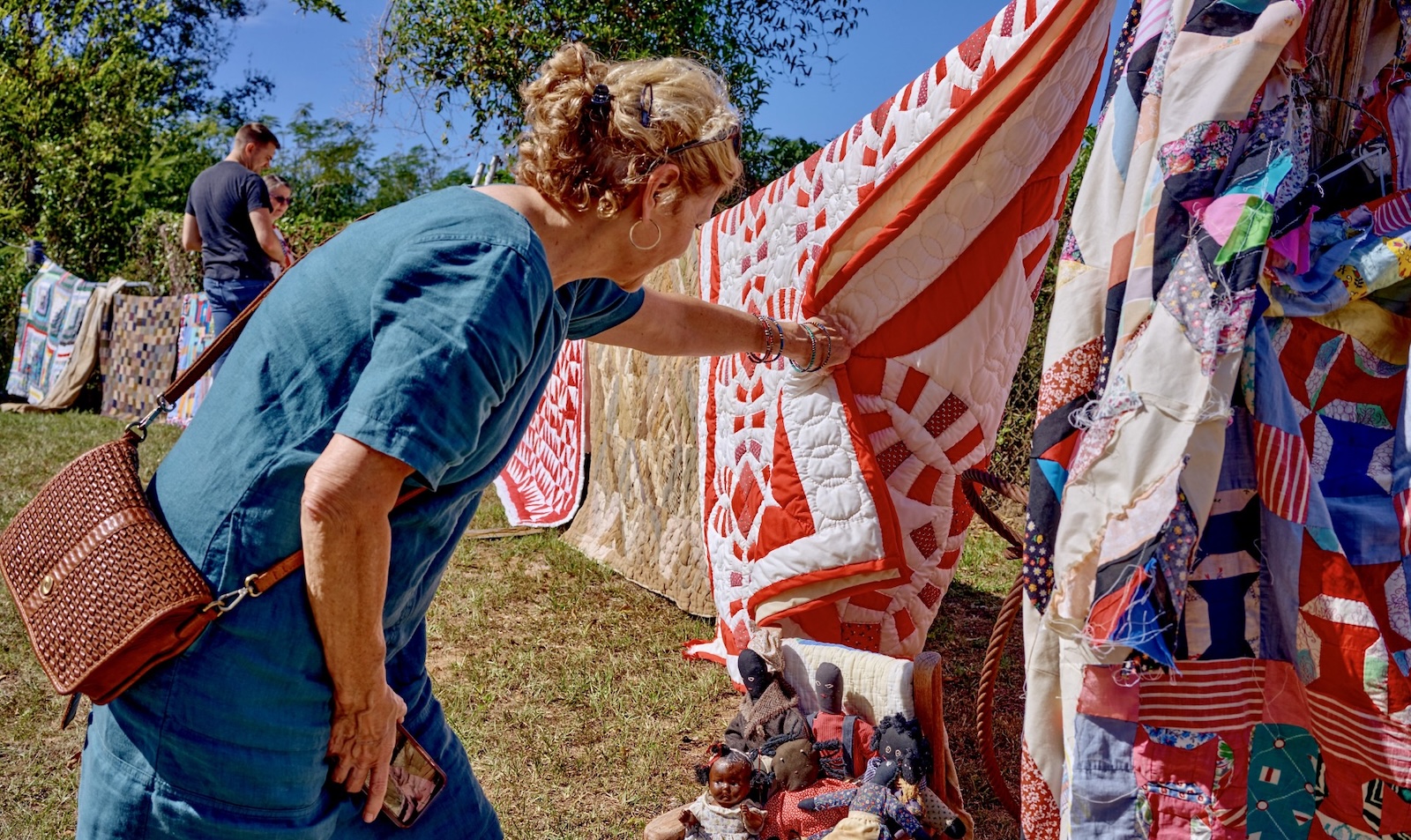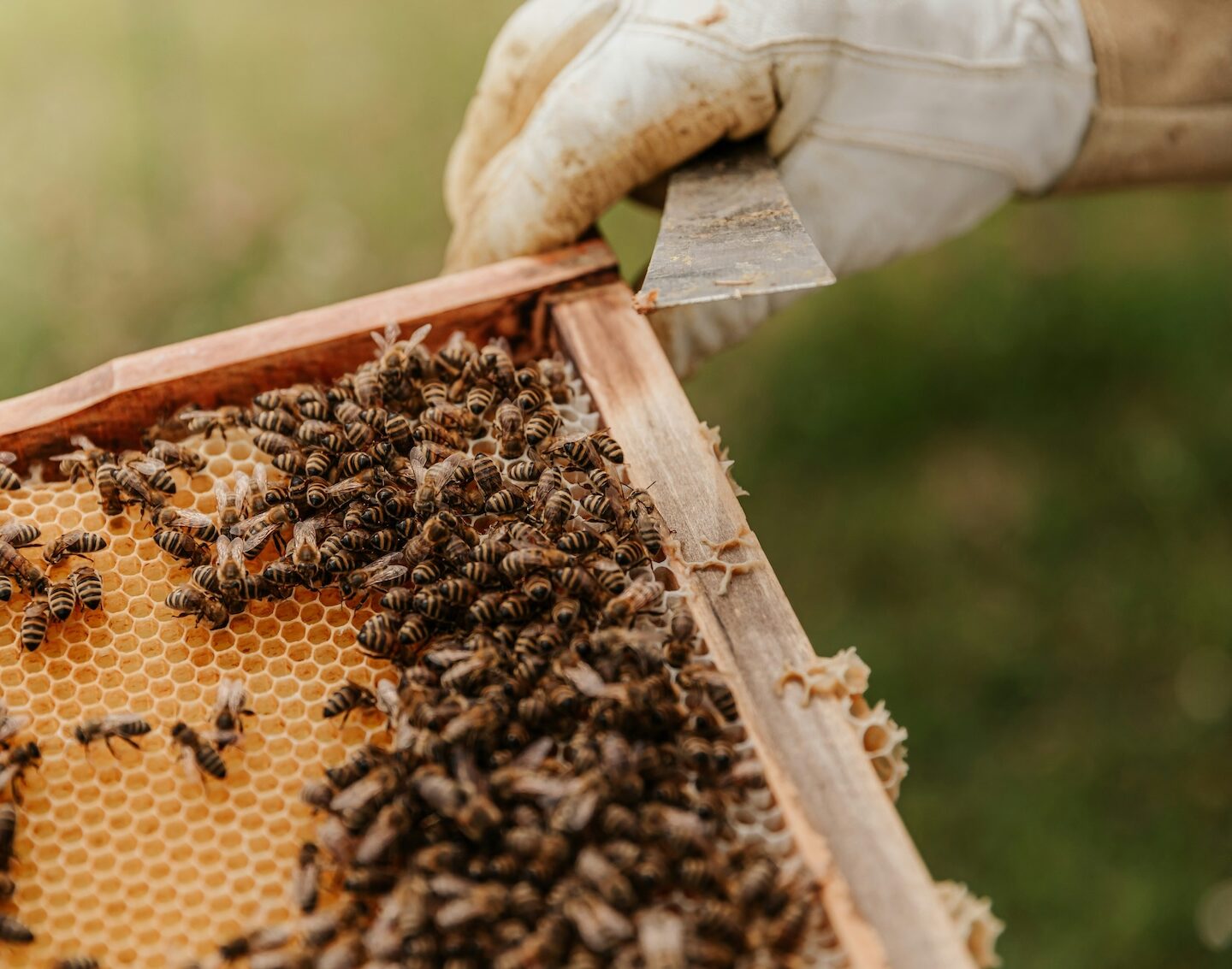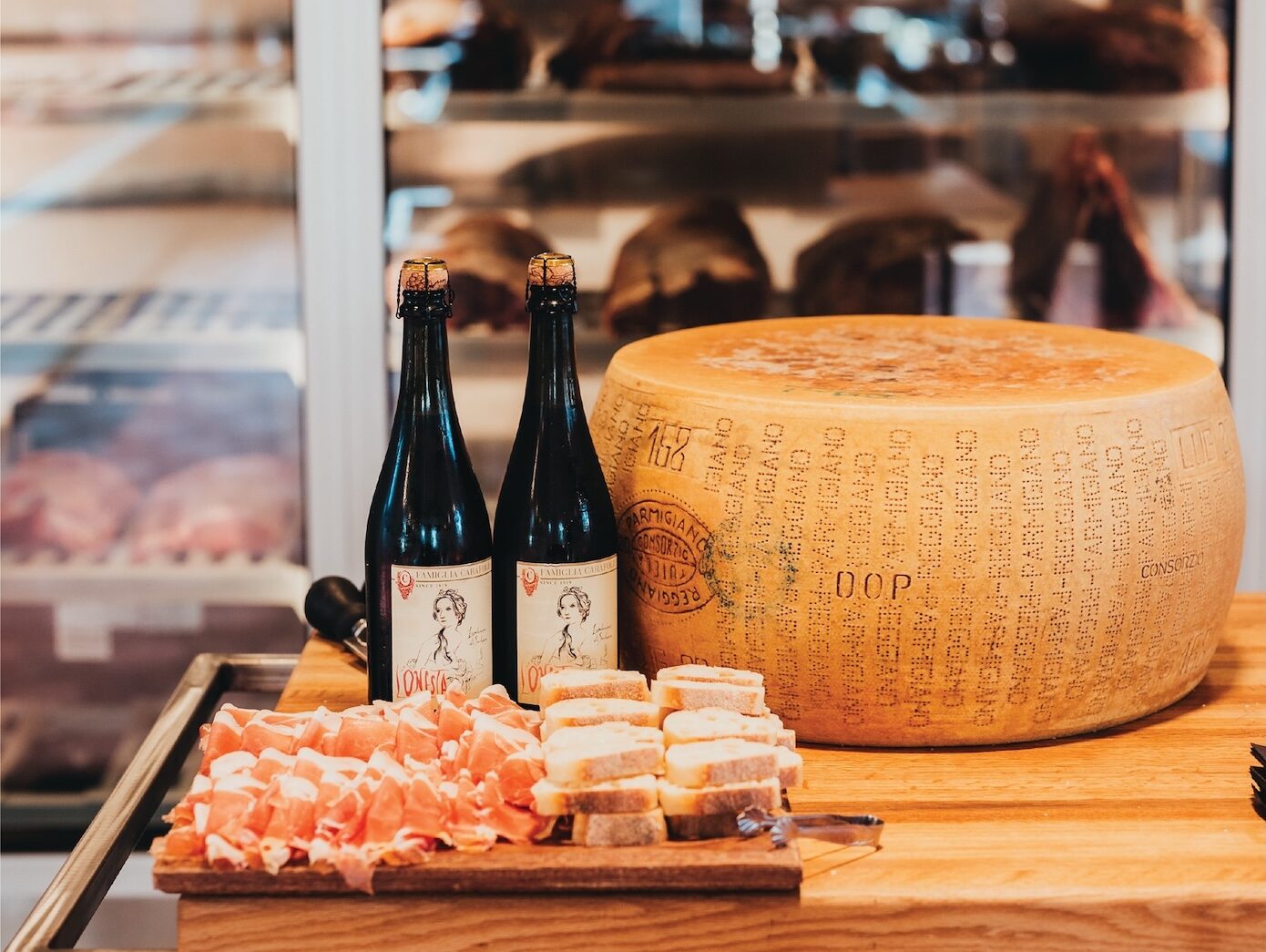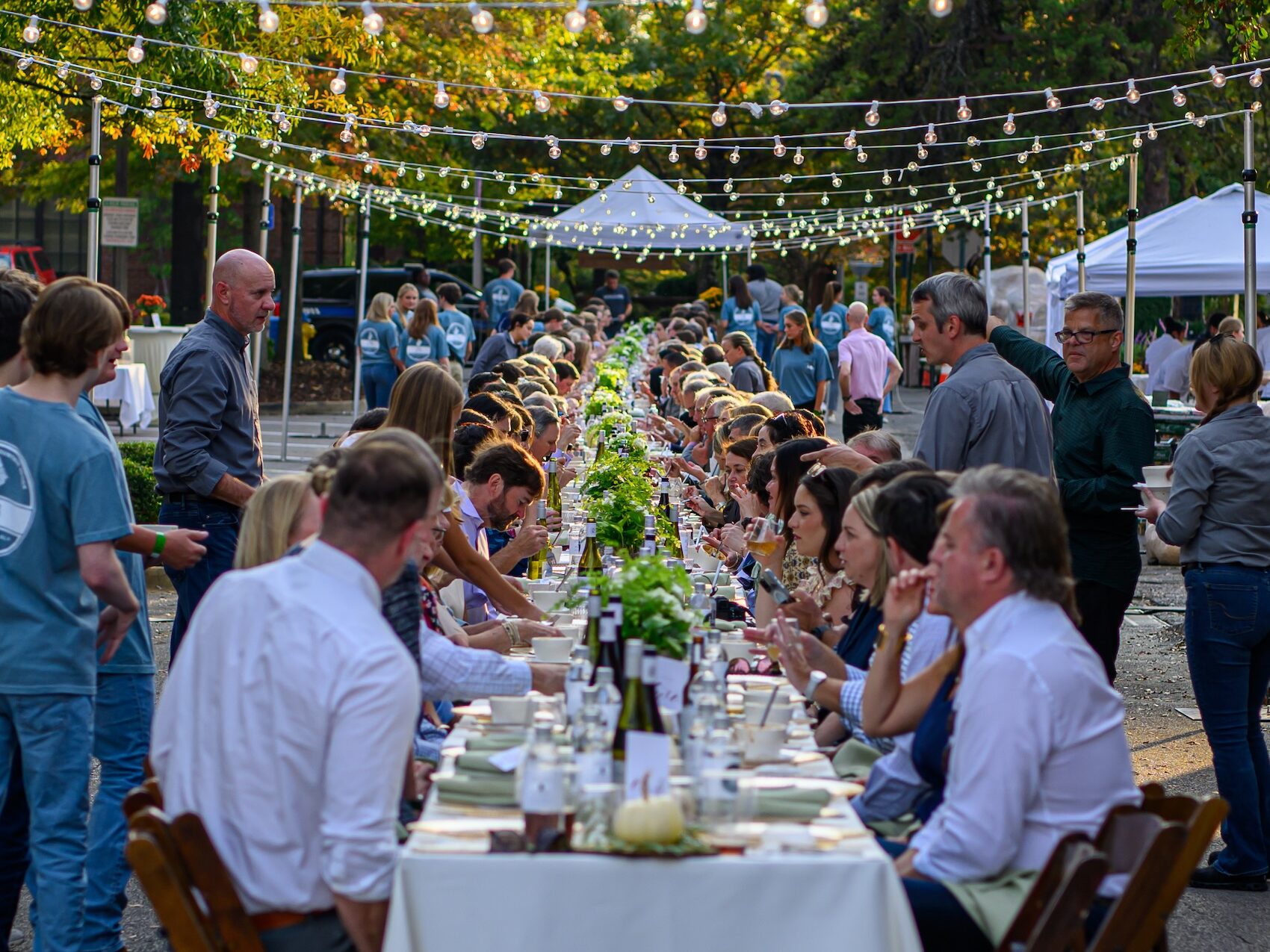Since 1972, the Alabama Craft Guild has been a driving force behind preserving traditional craftsmanship across the state. It started with a vision: Lowell Vann, then Head of the Art Department at Samford University, gathered a group of artists who believed Alabama needed more than an art market—it needed a home for serious craftspeople. Together, they built an organization committed to excellence, education, and the preservation of handmade traditions.
From the beginning, the Guild has been about more than just selling art. It was created to celebrate the techniques and materials that define fine craft: pottery, wood, fiber, metal, glass, leather, and mixed media. Whether it’s hand-thrown ceramics, handwoven textiles, forged ironwork, or carved wood, every piece presented by the Guild’s artists connects back to time-honored skills and Southern craft traditions.
Today, that mission is as strong as ever. Through major events like the Annual Fine Craft Show at the Birmingham Botanical Gardens, the Guild promotes everything from pottery and woodwork to fiber arts and glass, giving artists opportunities to exhibit and the public a chance to connect with handmade craft. Every piece on display—whether clay, fiber, or metal—represents not just artistic talent, but the continuation of Southern traditions.
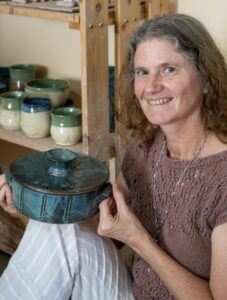
Marysia Galbraith (Alabama Craft Guild/Facebook)
The Guild’s commitment to excellence is clear in its jurying process. Artists must present their work for evaluation by a panel of experienced members, ensuring high standards and encouraging growth among newcomers. For Marysia Galbraith, a Northport-based potter and cultural anthropologist, joining the Guild was both a challenge and an achievement.
“I had to submit photos of my work and then bring several pieces in to be evaluated by a panel of Guild members,” Galbraith says. “It was nerve-wracking, but also really gratifying to hear their critique of my work. I look forward to continued conversations with other artists, to sharing ideas, and to exhibiting together. It’s the best way to learn new skills and to gain a different perspective on creative challenges.”
Galbraith’s path with pottery began early; she discovered the medium at 15 through her high school’s pottery studio and never let it go. Over the years, clay has been a constant companion through her roles as a student, park ranger, anthropologist, and now professor at The University of Alabama’s New College and Department of Anthropology.
Galbraith credits her early education in Southern pottery to Alabama potter Jerry Brown, after moving to the state in 1998. “I very quickly became fascinated by Alabama pottery traditions—those of Jerry Brown and the Millers,” she says. “On several occasions, I took my students to meet them. They met Jerry Brown’s mule, Blue, and got to watch Jerry turn pottery.”
Galbraith’s fascination with Southern pottery traditions continued over the next few decades–and she still considers herself a student today. She learned Southeastern Native American pottery at the Fusing the Red Earth conferences at Moundville, where members of the Cherokee and Choctaw tribes teach pottery workshops.
As a professor, she became a student once again when Tammy Beane, who makes reproductions of Native American pottery, taught both herself and her students how to fire pottery in a bonfire. For years after, Galbraith has passed the technique down to her own students in her globalization course.
Her work, known for its church-inspired covered containers, can be found at the Kentuck Gallery in Northport, Ernest & Hadley in Tuscaloosa, and currently at Lorrie Lane Studio. She’s also a regular at Southeastern festivals like Kentuck, Panoply, Birmingham Artwalk, and Piedmont Park in Atlanta.
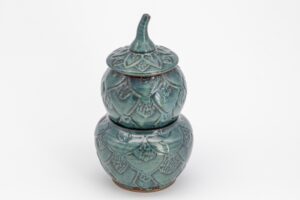
(Alabama Craft Guild/Facebook)
Outside of her studio practice, Galbraith spent sixteen years teaching a course called Globalization and Folk Craft Production at New College. Her students learned not just about the forces shaping traditional arts worldwide, but also got hands-on experience making pottery themselves–grounding theory in practice and connecting to Alabama’s deep pottery traditions.
“I am so fortunate that my position at New College, a program in interdisciplinary studies, encourages students and faculty to work across traditional disciplinary boundaries, so I have been able to incorporate creative activities in my teaching and my academic pursuits,” Galbraith shares.
Artists like Galbraith show exactly why the Guild’s work matters. The Alabama Craft Guild isn’t just about showcasing beautiful work–it’s about building a strong foundation for the future of Southern craft. By fostering mentorship, encouraging collaboration, and upholding high standards, the Guild is making sure that traditional skills, stories, and artistry aren’t lost to time. Instead, they’re being handed down—artist to artist and generation to generation—ensuring that the South’s rich craft heritage continues to grow, evolve, and thrive.

